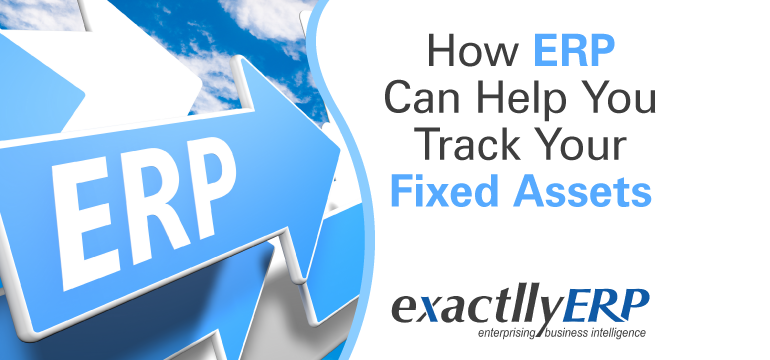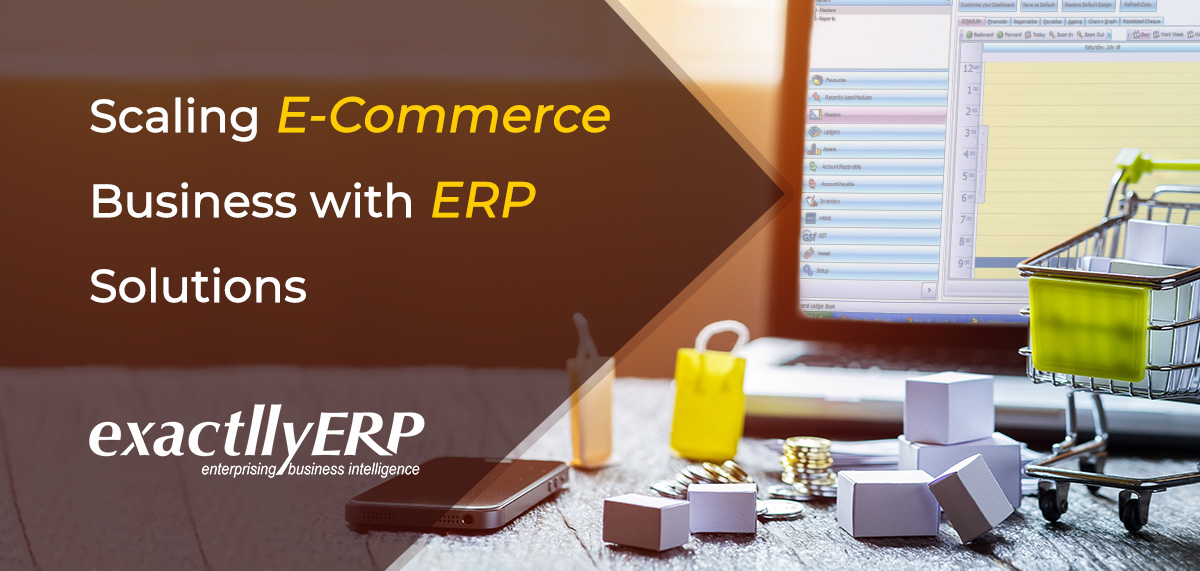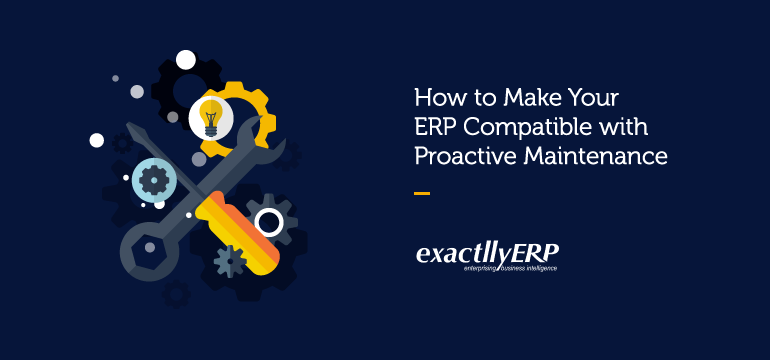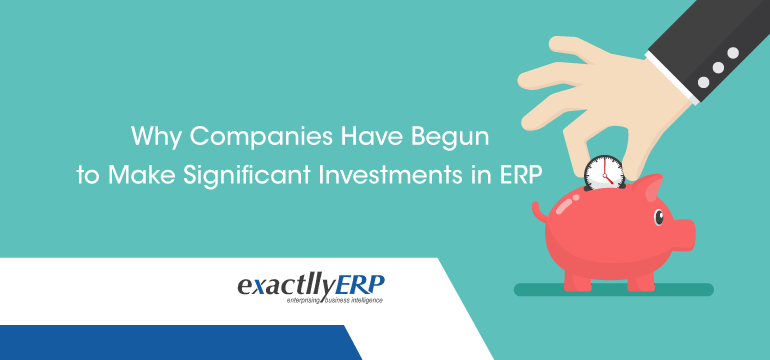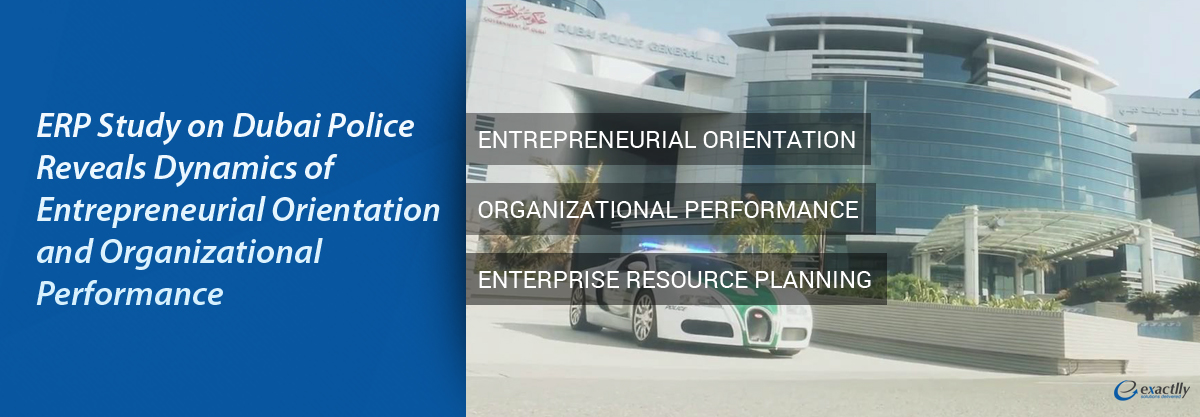8 Ways of Controlling Costs of ERP Implementation
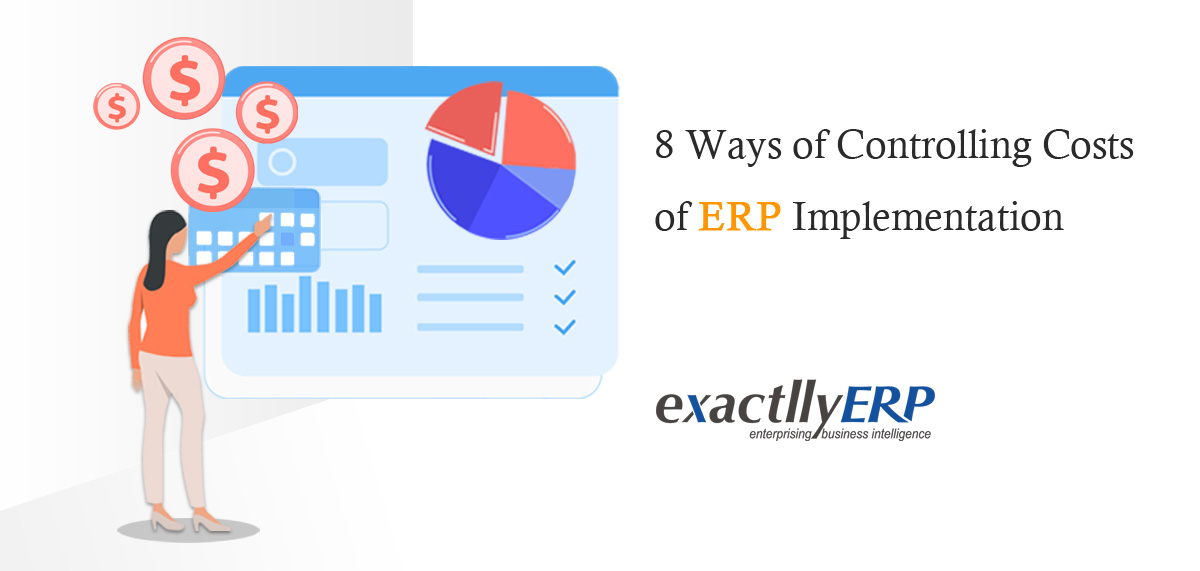
Suppose you and the company’s ERP selection team after speaking with numerous vendors evaluated every possible point and now are ready to select. The selected vendor of course has offered you quotes and estimation of the entire cost for ERP implementation so that your business can start utilising robust ERP software. This will also ensure the fact that the management has agreed to the project. But it is quite surprising to know the best estimate is short of the real implementation cost of the ERP system. Bearing ERP implementation costs can be challenging for any business. Hence we have come up with ways of controlling costs. Let us learn in detail.
Controlling ERP Implementation Costs:
An ERP system is supposed to simplify the various operations that are carried out within a business. A business cannot let ERP implementation cost to be a burden. Controlling costs of ERP software is very easy if the eight methods are followed correctly. The ways are listed below:
-
Training Costs –
This is one of the biggest hidden costs in context to ERP system implementation. There is no doubt about how significant employee training is for the betterment of the organisation; not measuring the cost with precision can pose several challenges. Employees will keep on learning new processes. Someone might craft a buying order similar to the legacy system but the steps associated with new ERP software is somewhat different. For instance, unlike earlier times new ERP software enables employees to build dashboards and reports with the system easily. This is a skill that requires special training. Hence, a business must put money into cross-functional training. Also when a company moves forward for ERP business collaboration it must be prepared with secondary training for the employees as well. There needs to be a review procedure built into the controls as some employees will require the longest amount of time for understanding the software. There is no doubt that ERP projects can take one year and more to completion. In this time few individuals can quit the organisation that will call for proper training for the replacements as well for ensuring the project success.
-
Re-engineered Processes –
When it comes to ERP implementation many businesses are businesses in the current era that wish to eradicate process re-engineering. The concept is to attain the completion of the implementation within the shortest period with minimum changes made. However, the truth is somewhat different. There are very few businesses that completely optimise all the procedures. The new ERP software that is selected will automatically carry best practices that are built-in as these are manufactured by top-class vendors like Exactlly. Such ERP systems are designed in a way when the systems will assume the client organisation to be willing to utilise the best processes. This is the space where a business needs to ask itself whether it wants to customise the new system for continuing a process that it is unwilling to continue. This is a highly favourable space for any organisation to ask the employees to not just adapt to the ERP system but also adopt an improved process simultaneously. Thus, process reengineering is much more cost-effective in comparison to the customisation alternative.
-
Labour Costs –
One of the most crucial parts of ERP implementation is labour cost. . Most businesses know from before that they will need to invest a considerable amount of money on this for correct ERP system implementation. Budgeting here is very important. The business must convert data from the legacy ERP software into formats that the new ERP system can utilise. Be it any ERP, it will comprise a huge amount of data. Data that is present in a single table needs conversion into many tables and that data in several tables will be utilised in one table. The employees are the ones who will be processing such conversions. As a business chooses to restrict the amount of moving historical data, it will be controlling costs that way. On the other hand, employing automated conversion process ideas will also help in cutting down ERP implementation cost. The project team of a company will be remaining on the payroll where a business will witness the requirement over time. Hiring temporary staff will be beneficial here. Along with this supplementing the IT staff is equally necessary. Just not the ERP software but every present system within an organisation must offer complete support to the business. Simultaneously the IT staff will also need to support the entire implementation project.
-
Integration and Customisation –
Utilising ERP in the construction industry and ERP in the retail industry is highly useful. But while choosing the ERP, businesses must check whether the system carries customisation features or not. Customisation simply means to modify the selected ERP system for fulfilling a requirement that the software is unable to address. Remaining cautious is important as the ERP developers already tried to include the best practices from all over the world. The unmet requirement might already be present in that ERP. Many times the screen displays wordings that are unable to follow the APICS dictionary but the only distinction will be words. There can be times when the developer already is equipped with an optional module that helps in satiating that unmet requirement. However, if you find it necessary for supporting the business model it is advisable to move ahead with the customisation. Irrespective of what the estimated cost was, the cost would be higher and also would take up a lot of time.
-
Testing and Re-testing –
During the ERP implementation project, it is necessary to test the new ERP software in a constant manner. It is vital to commence with single operation examinations like recording time against a task in progress. Tests can be carried out with the ERP software with converted data from the legacy system. The steps need to be recorded with precision and need to be given a red, green or yellow score. Businesses can discover the converted data that could not fit within the schema as anticipated. This will give a chance to the teams to fix the issue by testing again. Applications of automated testing are accessible and businesses must strongly consider this. These applications can operate every day and all day retesting a similar script. This will help in combating ERP implementation costs to a large extent.
-
The resistance of Employees in Adopting a New System –
There are very few people who will find change to be normal. Then again there will be individuals who will realise the importance of improvement and adapt to the transformation needed by the new software. However, there will be people who will reject that change and can also try sabotaging the effort. What businesses can do is employ a change management expert to the implementation team. Individuals like them are trained in sociology and psychology that is linked to organisational change. It is important for every employee to move in the same direction for maintaining unified strength.
-
Customer Dissatisfaction –
This particular one is challenging to estimate and the implementation might or might not include the hidden cost. Suppose somebody becomes part of the implementation team and tries to make something go wrong. When that something is a late delivery or a missed new order then automatically the customer will be disappointed. Here a business needs to keep a quick response team prepared for responding so that they can enter the orders and have them delivered during the entire implementation period. When planning is done prior to delays it will decrease the chances of losing customers and the revenue.
-
Maintenance Cost –
The money that a business pays during ERP implementation is just the down payment. ERP vendors will always ask for maintenance fees covering support calls that the users will require. These costs will also incorporate continuous enhancements to the basic system and bug fixes. Several projects also require costs to better the infrastructure and hardware for permitting the software for delivering the benefits that the business requires. The hardware will wear out and will need maintenance and upkeep over time.
Final Say:
What encourages or discourages a business from its ERP project is the implementation cost and the price. Planning appropriately, picking the system carefully, opting for experienced vendors and employing agile development methodology are ways of controlling costs associated with ERP implementation. Following these tips for decreasing ERP implementation costs can be useful for businesses. However, there are no hidden costs when it comes to vendors like exactllyERP. To know more, watch the Free Demo and Contact Us.
FAQ:
(1) How is the cost of ERP Implementation built up?
*When buying ERP software, a mid-sized trade will invest $8545 per user, large businesses will invest $7260 per user and small businesses will invest $7145 per user.
(2) How can ERP Maintenance costs be reduced?
Planning an early, turnkey system, considering upgrading and going remote can help decrease maintenance costs.
(3) How do you Manage ERP Implementation?
Amalgamating a project team, crafting an implementation change management plan, predicting the implementation costs, drafting a budget are some ways of managing ERP implementation
(4) What are the Hidden Costs of ERP Implementation?
Customer dissatisfaction, customization, training costs and labour costs are some hidden ERP implementation costs
(5) What is the ERP Implementation Life Cycle?
ERP implementation life cycle is the procedure of deploying ERP software from planning via going live and more
(6) How can we Prevent ERP Implementation Failure?
Selecting the correct product, correct partner, change management and establishing roadmaps are some ways of preventing ERP implementation failure.
*Source – https://www.erpfocus.com/erp-implementation-costs.html

